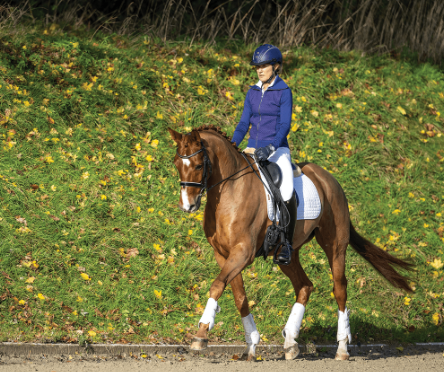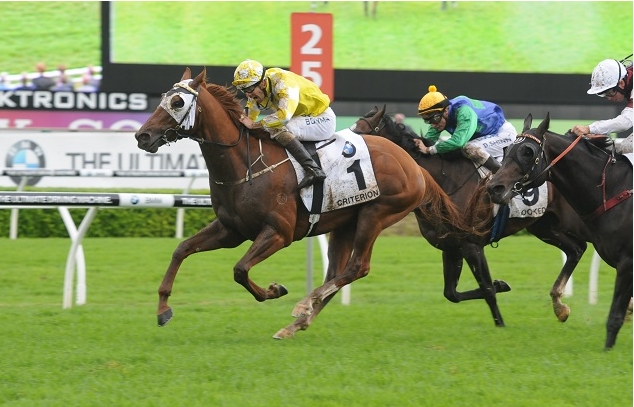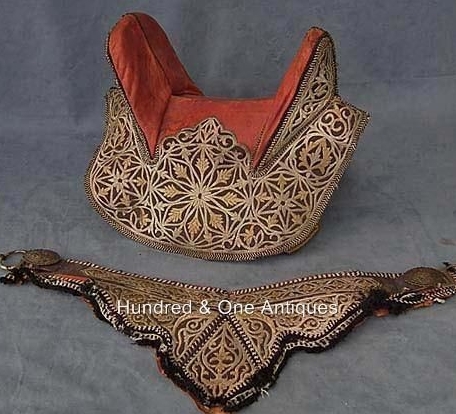Hot to Trot Equestrian: Your Guide to Becoming a Better Rider
If you’re looking to improve your equestrian skills and build a deeper bond with your horse, understanding the concept of “hot to trot” can make all the difference. This term not only relates to the horse’s natural gait but also signifies the excitement and energy of both horse and rider. In this post, we’ll explore how you can harness this energy for a more enjoyable riding experience.
Understanding the Trot
The trot is one of the basic gaits of a horse, characterized by a two-beat diagonal movement. It is often considered a comfortable pace for both horse and rider, creating a rhythmic flow that can be pleasurable to ride. Learning how to maintain a proper trot involves understanding your horse’s natural tendencies and signals. Keep in mind that a balanced seat and steady hands are crucial to achieving a smooth trot. With practice, you’ll find that a well-timed trot can be both exhilarating and graceful, setting the stage for more advanced riding techniques.
Improving Your Rider Position
Your riding position plays a significant role in how your horse responds to cues. A well-balanced rider can help a horse feel more confident and relaxed, making it easier for them to transition into a trot. Focus on maintaining an aligned posture with your shoulders back and legs relaxed, allowing your body to move fluidly with your horse. Engaging your core muscles will enhance your stability and support your horse’s movements, leading to a more harmonious ride. Don’t hesitate to seek feedback from more experienced riders or instructors to fine-tune your position.
Building a Connection with Your Horse
A successful ride goes beyond technical skills; it’s also about the bond you share with your equine companion. Establishing trust and understanding your horse’s personality can significantly affect how they respond to you while trotting. Take time to groom and handle your horse regularly, as this can make a big difference in how they perceive you in the saddle. Engaging in groundwork sessions can also enhance your communication, allowing for a smoother transition into riding. As you develop this relationship, you’ll find that your horse becomes more eager and responsive when it’s time to trot.
Conclusion
Mastering the trot is a rewarding journey that combines skill, balance, and connection with your horse. Whether you’re a seasoned rider or just starting, focusing on these key aspects will help you enjoy every moment in the saddle. Take the time to explore more about equestrian techniques, and don’t hesitate to ask fellow riders for tips and tricks. Happy riding!



